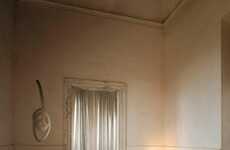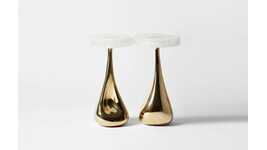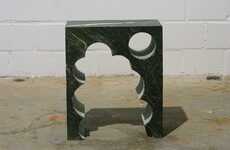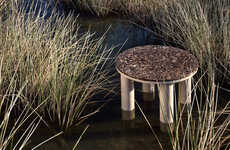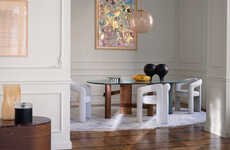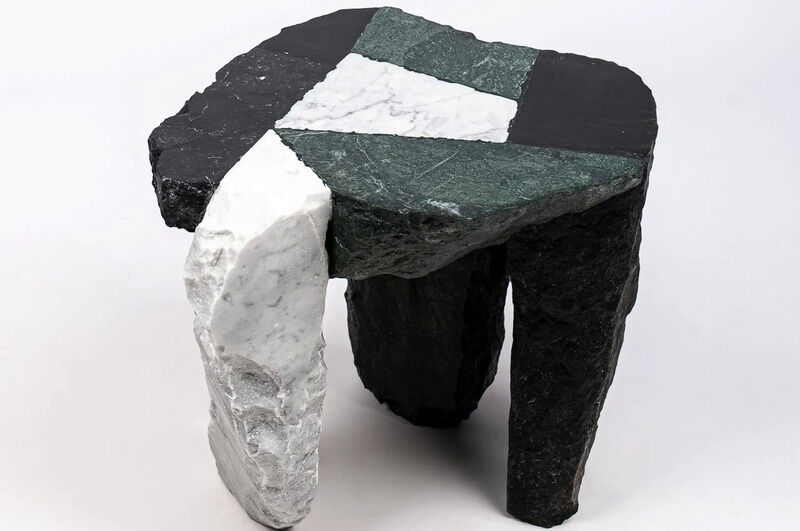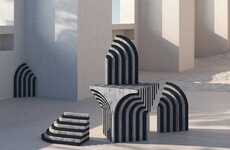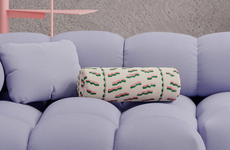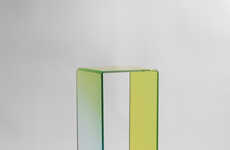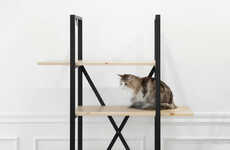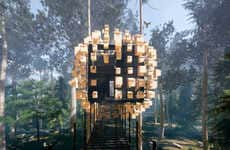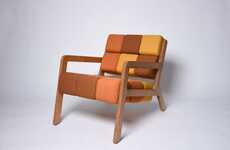
The Miscellaneous Side Table is Achieved with Leftover Material
Michael Hemsworth — March 26, 2022 — Art & Design
References: millimstudio & yankodesign
The Miscellaneous Side Table is a decidedly naturalistic furniture piece that highlights a somewhat uneven, angular aesthetic to show off the beauty of rock formations. The table is achieved using marble waste fragments sourced from marble sculptures to give it a distinctly unique design that also makes use of unwanted items. The table maintains a truly one-of-a-kind construction that consists of Carrara marble, Udaipur marble, Marquina marble and Arenaria stone.
The Miscellaneous Side Table is the design work of Chiara Pellican and Edoardo Giammarioli of the Millim Studio, and identifies how unexpected materials are being used to craft home decor. This goes against the traditional norms of the industry to embrace imperfection rather than try and hide it.
The Miscellaneous Side Table is the design work of Chiara Pellican and Edoardo Giammarioli of the Millim Studio, and identifies how unexpected materials are being used to craft home decor. This goes against the traditional norms of the industry to embrace imperfection rather than try and hide it.
Trend Themes
1. Upcycling Furniture Design - The trend of using waste fragments to create unique and naturalistic furniture designs provides an opportunity for furniture manufacturers to embrace sustainability and eco-friendliness.
2. Naturalistic Aesthetics - Marble and other natural stone materials are becoming a popular choice for furniture design, providing an opportunity for the stone industry to expand into new markets.
3. Embracing Imperfection - Designers are now intentionally highlighting the unusual and unique characteristics of materials, providing an opportunity for a new wave of creative expression across many product categories.
Industry Implications
1. Furniture Manufacturing - Furniture companies can embrace sustainability and eco-friendliness by using waste fragments to create unique designs that appeal to consumers concerned about the environment.
2. Stone Products - More naturalistic furniture designs provide further opportunities for the stone industry to diversify their offerings beyond traditional building and construction.
3. Product Design - Designers can intentionally highlight the unique characteristics of materials, appealing to a growing consumer interest in unique and imperfect products that offer a more authentic, artisanal aesthetic.
4
Score
Popularity
Activity
Freshness


